Fluid Mechanics & Transport
The subject of transport phenomena is one of the pillars of chemical engineering, uniting the topics of fluid mechanics, heat transfer and mass transfer into a coherent whole. These topics also play an important role in materials processing, where controlling the transport of materials and energy is essential to producing the desired end product. Faculty in CEMS are active in a wide variety of problems related to transport and fluid mechanics at a range of length scales. Notably, CEMS houses the Coating Process Fundamentals Program, a key part of IPRIME. This program has contributed substantially to both our experimental and theoretical understanding of liquid-applied coating processes since its founding by the late Prof. L.E. Scriven.
Faculty research in transport and fluid mechanics also includes significant activity on the topics of granular flows, colloidal hydrodynamics, and crystal growth. There are substantial efforts underway as well in understanding transport processes in biological systems, ranging from the dynamics of DNA in flows to nanoparticle transport for drug delivery to the fluid mechanics of swimming organisms. The Department is particularly strong in the areas of visualizing high-speed flows and microscopic flows, as well as computational modeling. Activity in this area benefits from the on-campus presence of the Institute for Mathematics and its Applications, the Minnesota Supercomputing Institute, and the Polymer Characterization and Processing Facility.
Rheology, Complex Fluids, & Non-Newtonian Flows
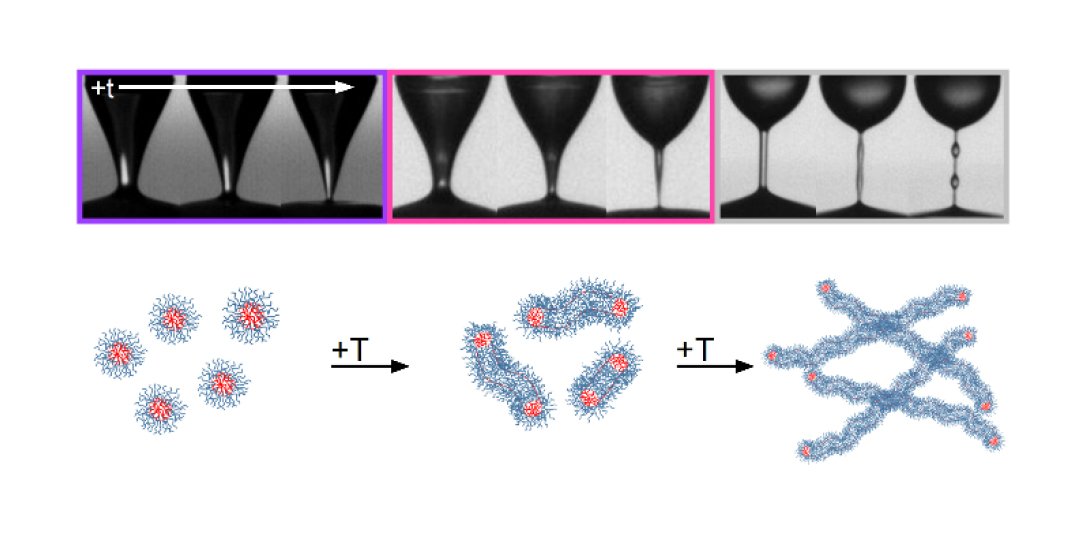
Rheology is the study of the flow and deformation of matter. Complex fluids have a microstructure that arises from the materials they contain (e.g., polymers, colloidal particles, surfactants) and often exhibit highly nonlinear relationships between stress and deformation rate. This gives rise to non-Newtonian flows, which can exhibit remarkable behavior and are of significant industrial interest.
Related Faculty and Research Groups:
Biological & Active Fluids
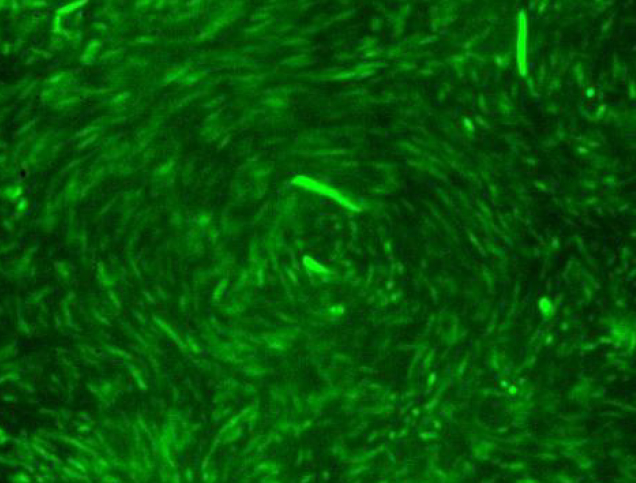
Fluids play an essential role in many biological systems ranging from individual cells to the environment. In some cases, the fluids contain elements that can move around on their own (e.g., bacteria), making them so-called active fluids. Biological and active fluids exhibit a fascinating range of flow behavior and often interact with other biological processes, so they are especially challenging to understand at a fundamental level. At the same time, the tools of molecular biology provide a way to make controlled experiments of non-Newtonian flows and enable single-molecule visualization of polymers in flow.
Related Faculty and Research Groups:
Interfacial Phenomena
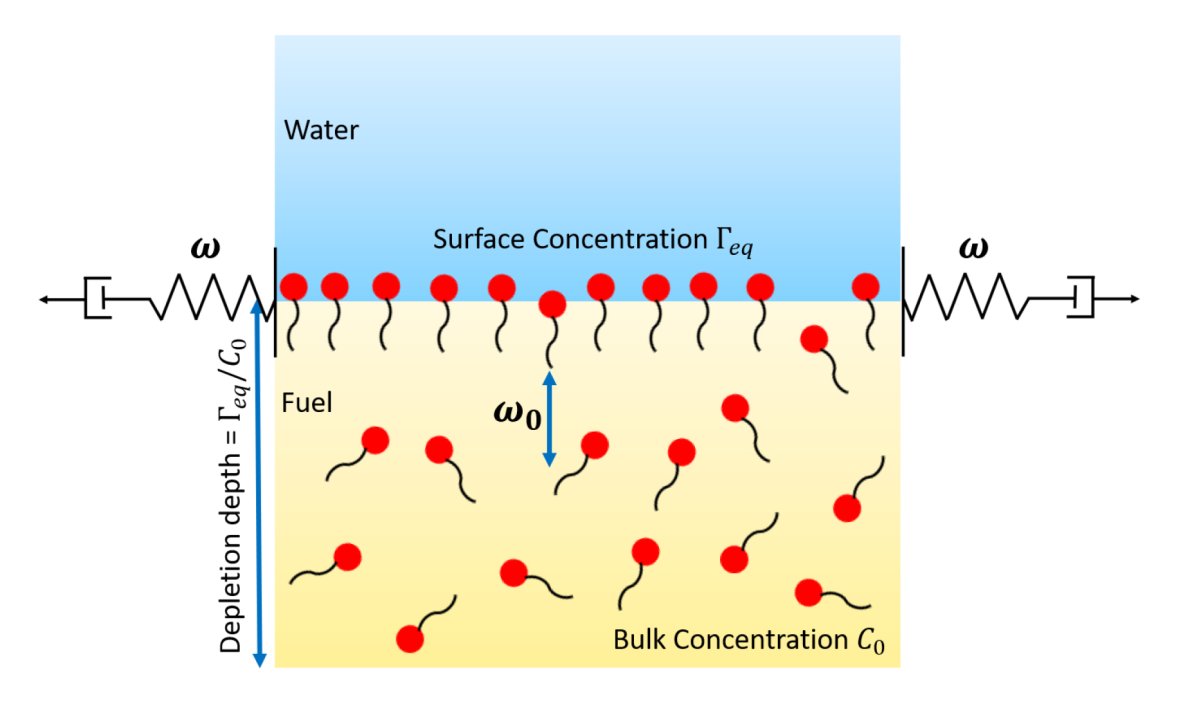
Interfaces between fluids are ubiquitous in chemical engineering and materials science, nature, and our daily lives. Often, interface shapes are not fixed, leading to highly nonlinear phenomena such as the breakup of droplets and spontaneous liquid flow into small pores. Interfacial behavior is further complicated by the presence of materials that can affect surface tension (e.g., surfactants) and introduce additional rheological properties.
Related Faculty and Research Groups:
Materials Processing
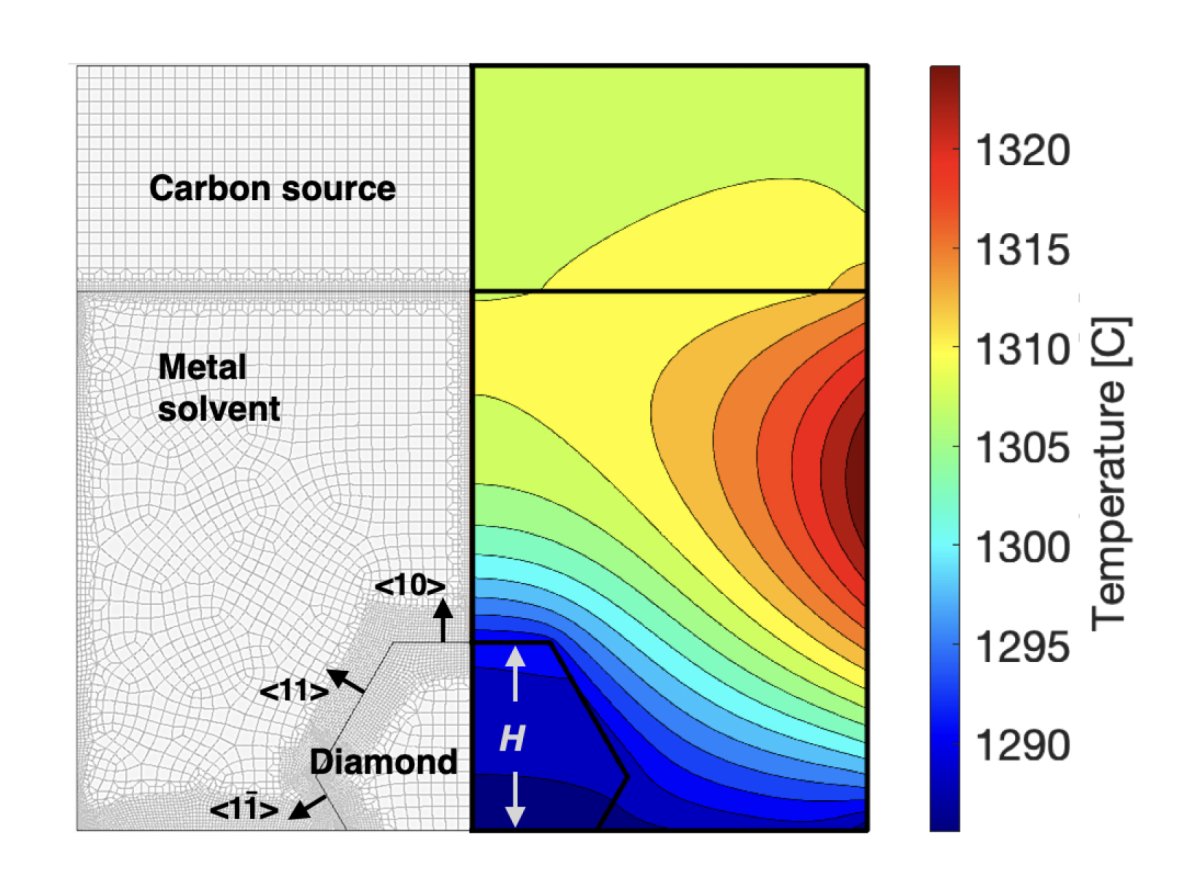
Materials processing is about the transformation of raw materials into useful products. It plays a central role in the large-scale manufacturing of products such as coatings, films, fibers, and devices (e..g, electronic, optical, biomedical). Materials processing operations are often dominated by nonequilibrium and nonlinear phenomena such as fluid flow, heat transfer, diffusion, and phase transformation.
Related Faculty and Research Groups:
Publications and Patents
+
Influence of Surface Roughness on Droplet Evaporation and Absorption: Insights into Experiments from Lubrication-Theory-Based Models
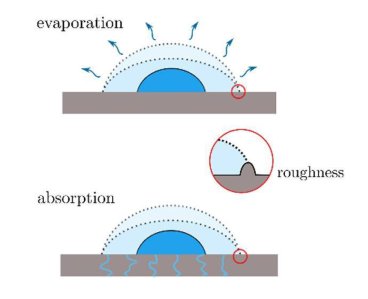
While solid substrates are often idealized as being perfectly smooth, all real surfaces possess some level of topographical and chemical heterogeneity. This heterogeneity can greatly influence Read more...
Related Faculty:
+
The colloidal nature of complex fluids enhances bacterial motility

The natural habitats of microorganisms are full of colloids and macromolecules, giving rise to non-Newtonian flow behaviors. While the locomotion of microbes in Newtonian fluids (e.g. water) has Read more...
Related Faculty:
+
DNA fragmentation in steady shear flow
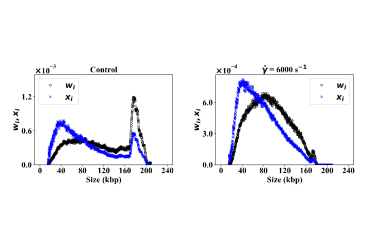
DNA molecules are fragile polymers and prone to breakage in strong flows. We have used rheometry to study how DNA breaks in steady shear flows, revealing that flows without a stagnation point create Read more...
Related Faculty:
+
Analysis of the High-Pressure High-Temperature (HPHT) growth of single crystal diamond

The High-Pressure, High-Temperature (HPHT) process mimics conditions deep under the earth’s crust to grow diamond single crystals of centimeter size and larger from a Read more...
Related Faculty:
+
Dilatational rheology of water-in-diesel fuel interfaces: effect of surfactant concentration and bulk-to-interface exchange
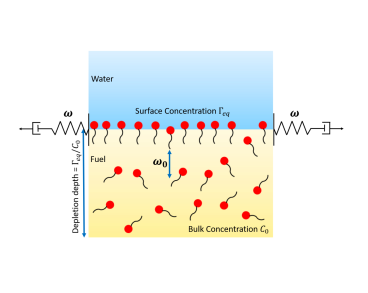
Micrometer-sized water droplets dispersed in diesel fuel are stabilized by the fuel's surface-active additives, such as mono-olein and poly(isobutylene)succinimide (PIBSI), making the droplets challenging for for coalescing filters to separate. Dynamic Read more...
Related Faculty:
Cari Dutcher- Dutcher Research Group
Joe Zasadzinski- Zasadzinski Research Group
+
Polysorbate identity and quantity dictate the extensional flow properties of protein-excipient solutions

This study developed a methodology to assess extensional flow properties of protein-excipient formulations to address the challenges of identifying protein therapeutic formulations that can Read more...
Related Faculty:




